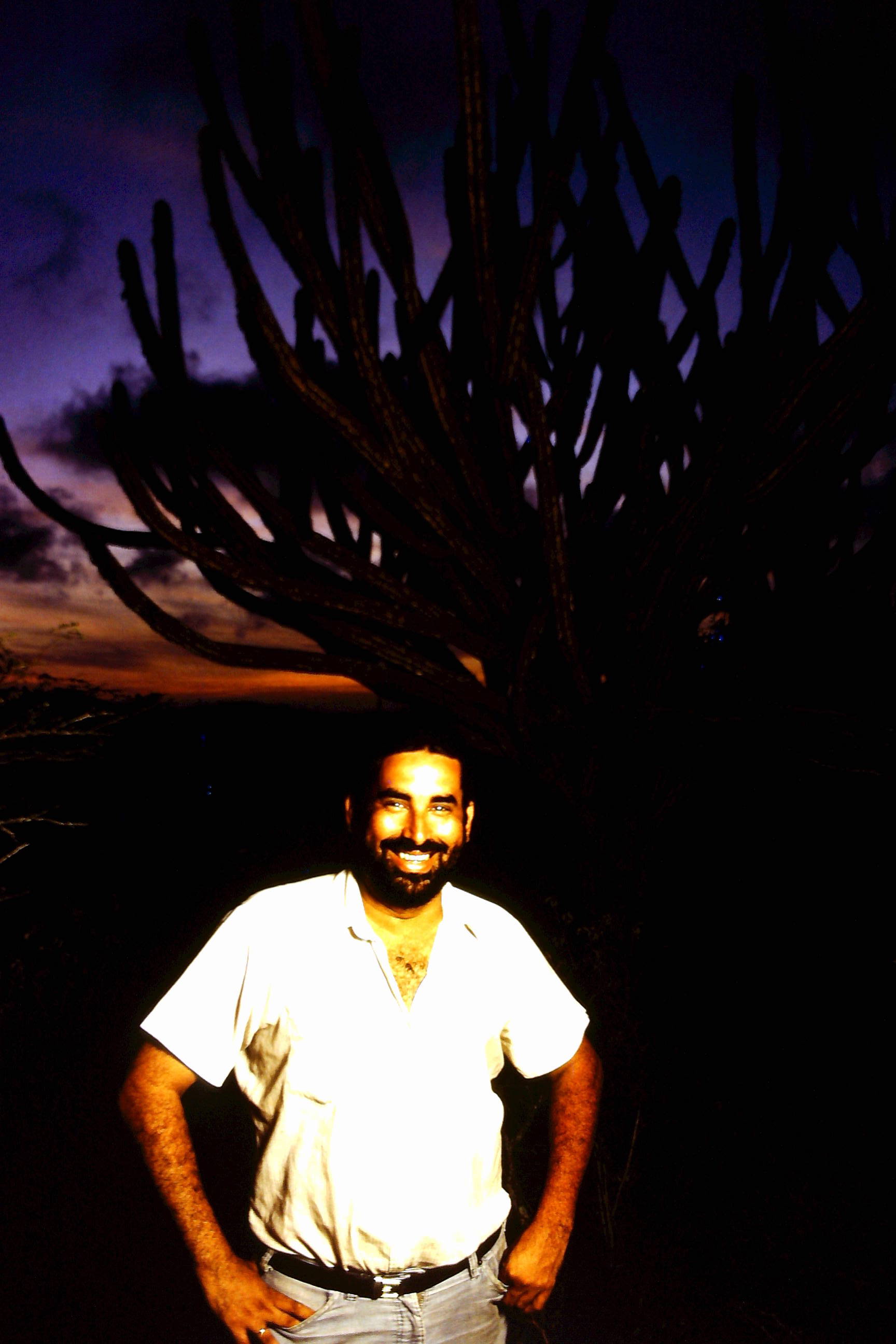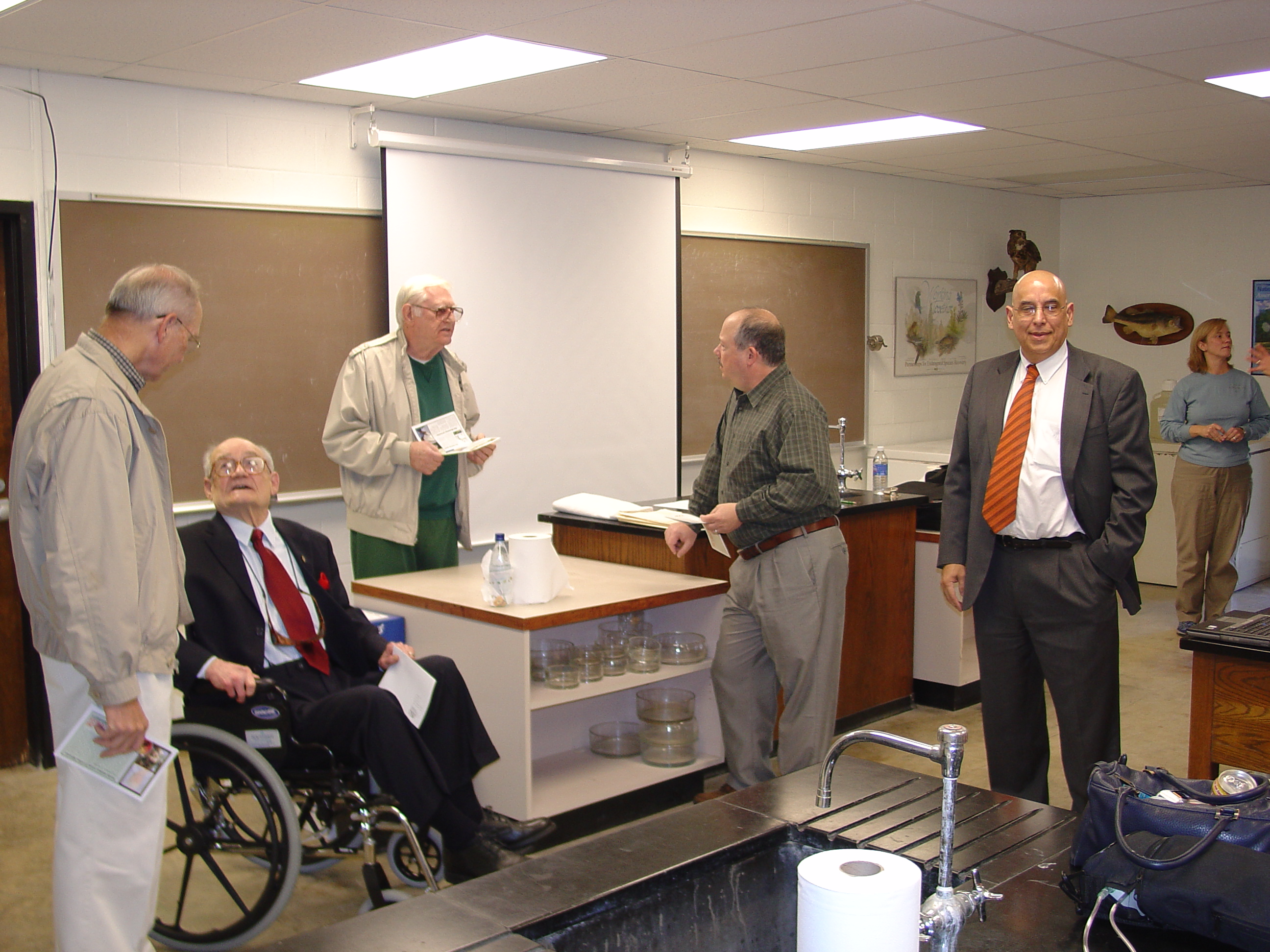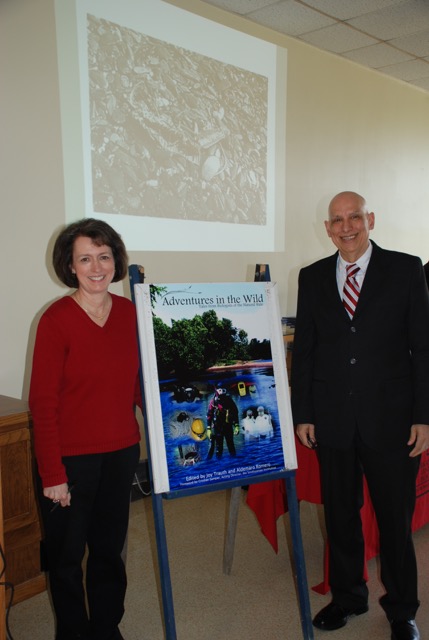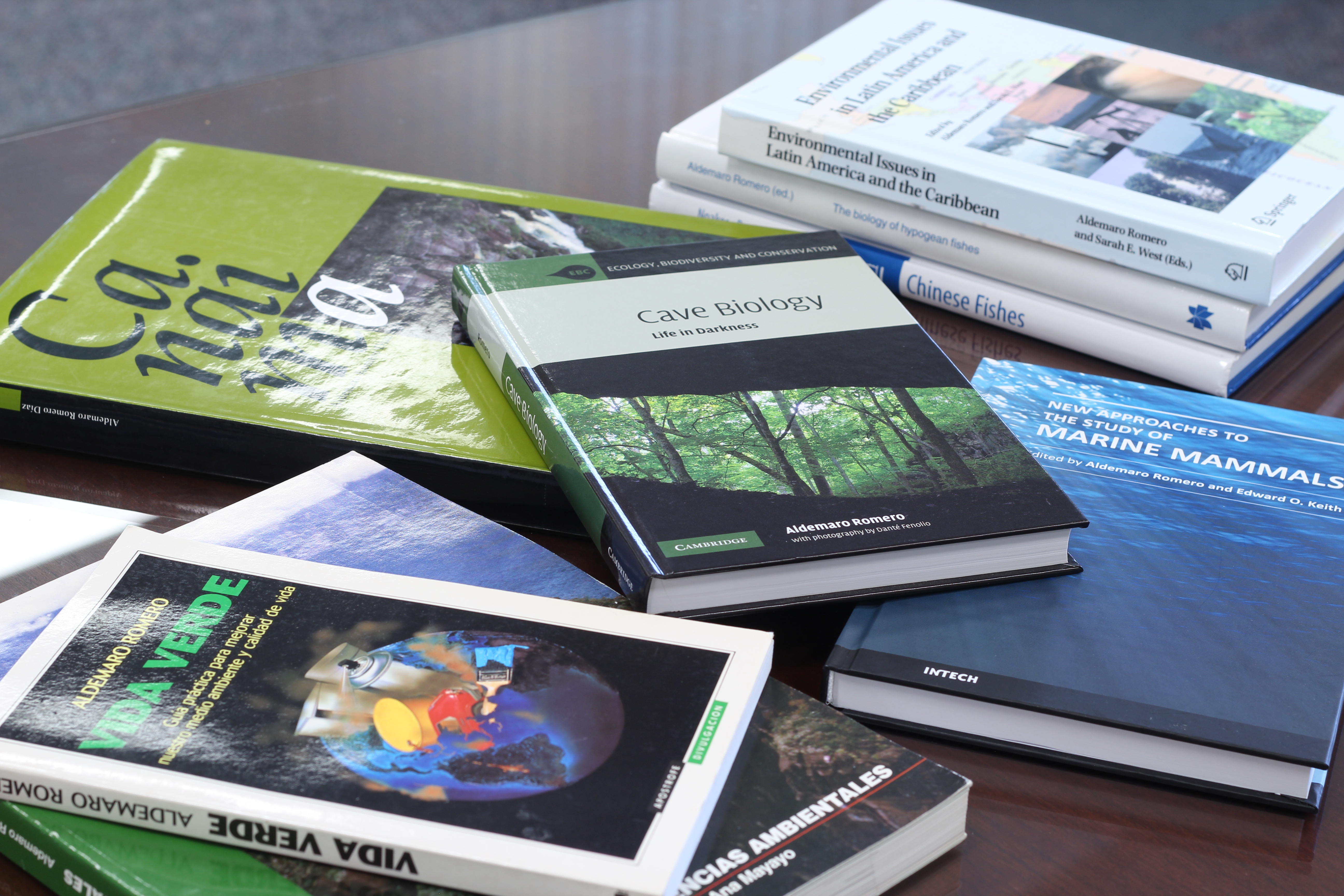As a graduate student at the University of Miami, Romero specialized on the study of the evolution, behavior, and ecology of cavefishes. Through these studies, he was the first to propose that colonization of cave environments was an active process via behavioral adaptations preceding morphological ones (e.g. blindness and depigmentation). Later, he proposed a new hypothesis aimed at explaining the mechanisms leading towards the loss of eyes and pigmentation among these and other cave animals. He suggested that the mechanism behind this phenomenon was a little understood biological process at the time called phenotypic plasticity. This challenged the typological view of all cave creatures as completely differentiated from a genetic viewpoint from their surface (epigean) ancestors.
According to Romero, all that was needed for the evolution of drastically morphologically distinct cave species were just a few changes in the genes controlling the development of features such as eyes and pigmentation. These and other ideas such as a dynamic view on interactions between the ecology of caves and their surrounding environments were summarized in his book “Cave Biology: Life in Darkness” (Cambridge University Press).

In this picture Romero (center) with students and collaborators outside the Cumaca Cave in Trinidad, W.I. His studies there showed that the alleged blind cavefish of that cave, Caecorhamdia urichi, had been replaced by the epigean (eyed, surface) form of the same species in a matter of years due to climate change.

This picture shows Romero (in red gear) and collaborators outside the Guácharo Cave, Monagas State, Venezuela, in December 1983. His studies with the cavefish found there, Trichomycterus conradi, showed that this species displayed some agonistic behavior and tendency to swim very close to the surface in order to have access to the higher concentration of oxygen near the surface.
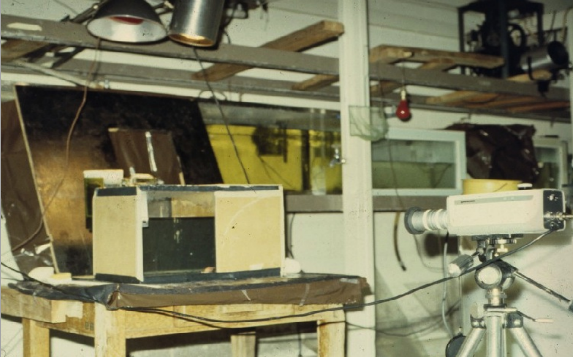
This is the laboratory setup by Romero at the University of Miami between 1982 and 1983 in which he studied the responses to light by the blind cavefish Astyanax fasciatus. These observations showed that this blind cavefish was capable of responding to light and that those responses varied in intensity according to age.
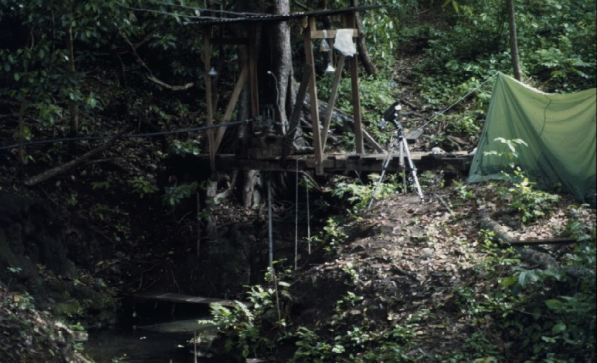
This is the set up of Romero’s field observations at a pool at the Hacienda de Palo Verde, Guanacaste Province, Costa Rica, in May 1983. These observations helped to establish the cave colonization by fish did not have to be accidental but via natural selection. This pool was later cemented over by Costa Rican authorities to improve water consumption by humans
Romero studied the history and practices of exploitation of marine mammals in the wider Caribbean basin. To that end, he conducted field and archival studies in Venezuela, Trinidad and Tobago, Grenada, St. Vincent and the Grenadines, Barbados, and Bermuda as well as in libraries and archives in the northeastern U.S. that keep logbooks from whaling vessels. He concluded that local shore whaling combined with Yankee whaling were responsible for the depletion of many whale and dolphin populations throughout the wider Caribbean basin and that both types of whaling influenced each other from a cultural viewpoint. For example, he recorded chants by local Caribbean whalers that mimicked those of Yankee whalers from the nineteenth century, demonstrating that cultural influence.

This picture shows Romero examining in 2004 a harpoon head used by local whalers in Bermuda. This piece belongs to the collection of artifacts at the Bermuda Aquarium, Museum and Zoo. Like in other locations of the Wider Caribbean basin Romero found that a combination of local shore whaling and Yankee whaling depleted the local population of humpback whales, Megaptera novaeangliae.
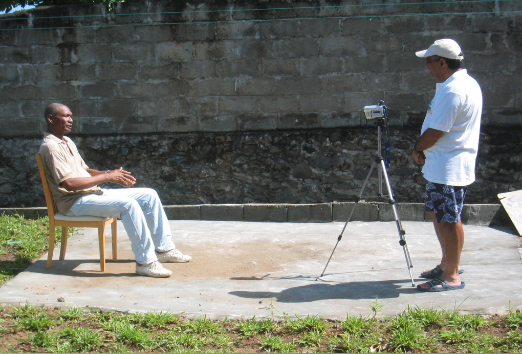
Romero videotaping a local whaler in St. Vincent and the Grenadines singing a “chantey” typical of fishers of that locality. He and her student Shelly Kannada of Arkansas State University showed that Yankee whalers that had visited those waters in the nineteenth century had culturally influenced local shore whaling practices. This study took place in July 2005
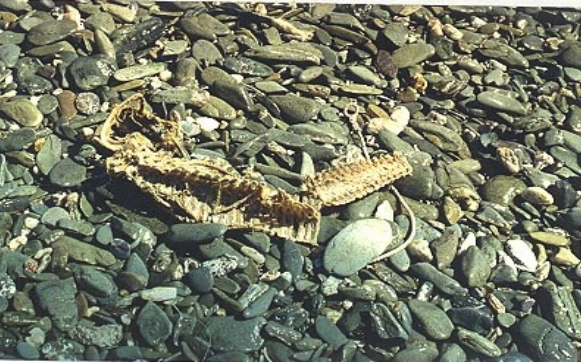
A picture taken by Romero of some of the beach remains of dolphins in Morro de Puerto Santo, Sucre State, eastern Venezuela, in February 1993, which was one of the many pieces of evidence found by him and colleague Ignacio Agudo showing that the exploitation of dolphins was a common practice in that country

In this picture Romero examines the boiler formerly used by shore whalers in Barbados, W.I. He and his student Joel Creswell from Macalester College showed that a combination of shore whaling and Yankee whaling depleted the local population of the humpback whale, Megaptera novaeangliae. The picture was taken in the Spring of 2002.
Romero has published and taught on the history and philosophy of science, particularly on evolutionary ideas. Through his research, he concluded that the initial resistance by French biologists to accept Charles Darwin’s ideas was a combination of Catholic mysticism and nationalism. In another study, he concluded that environmental classification and intellectual inertia delayed for centuries the acceptance of whales and dolphins as mammals, instead of being considered fishes, as it was the case until the eighteenth century. He has also worked on Darwin’s life and published an analysis on how the British scientist was modifying his home at Down, Kent, in order to accommodate his scientific interests, his growing family and number of servants, as well as his health problems. To that end, he developed an interactive house plan that shows the modifications he made through time.

Aldemaro Romero Jr. during one of his multiple visits to Darwin’s House in Down, Kent, England. This one was during the summer of 2006.
Romero has described a number of fossil species of horseshoe crabs, jellyfishes (of which there are a few good-quality fossil impressions from around the world), and a group of very unusual species that he grouped under the name of Paleocyphonates, which he described as a new subphylum. He proposed the hypothesis that these extinct, medium-size fossil impressions represented the adult stage of today’s existing larva cyphonautes and supported such hypothesis not only with paleontological information but with physiological and developmental biology data as well.

Tarracolimulus rieki Romero & Vía 1977
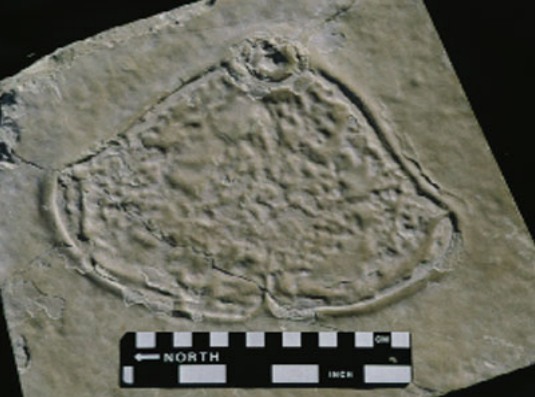
Paleocyphonautes rugosus Romero 1978
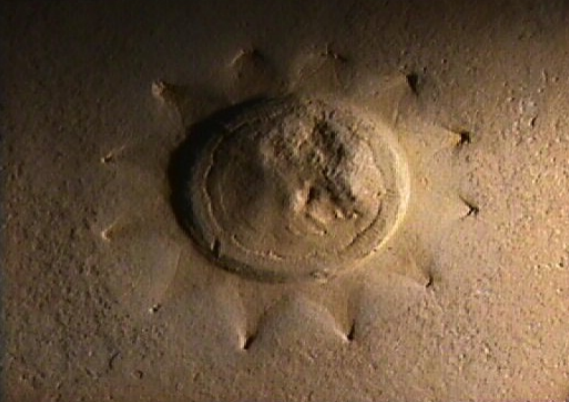
Heliobranchia catalaunica Romero, Rogers & Gershwin 2011
In addition to his studies on marine mammal exploitation in the Caribbean, Romero also carried out a number of field and archival studies about the exploitation of other marine animals in the same region. One of those allowed him to discover that the first animal population depleted by Europeans in the American continent was of a pearl oyster species (Pinctada imbricata) off the coast of Venezuela. He analyzed historical records and used information about the biology of these and other species to explain its rapid disappearance. Romero also conducted studies on the pollution caused by lead in gasoline in Venezuela – the only country in the Western Hemisphere that still produced leaded gasoline at that time. Those studies showed high levels of that contaminant in the Venezuelan environment and leaded gasoline was later eliminated from the market. He also produced a highly-cited study about all of the environmental-related programs in U.S. higher education institutions. He concluded, among other things, that the number of those programs always spiked after electoral wins by Democratic presidents.

Graph in which Romero showed the pearl production off the coasts off Cubagua, Venezuela, and how after overexploitation the resource became locally depleted.
Given his extensive experience in communicating both science and the value of a liberal arts education to the general public, Romero has published a number of scholarly articles on the subject since early in his career. Those publications have covered not only practical methodologies on how to communicate those ideas, but also on more conceptual issues such as how those communications can change public attitudes towards both science and a liberal arts education.

SIUE Alumni Association Hall of Fame Awards dinner 10-4-13
He has published hundreds of articles on higher education policies, management, and administration and is coauthor with Dr. John Pratte of the University of Louisiana Monroe of the upcoming book “Institutional Failure in Higher Education: Why some colleges and universities fail and what we can do to prevent it”.
To see all of Romero’s complete works, click on the link below.
View Available Works Online












